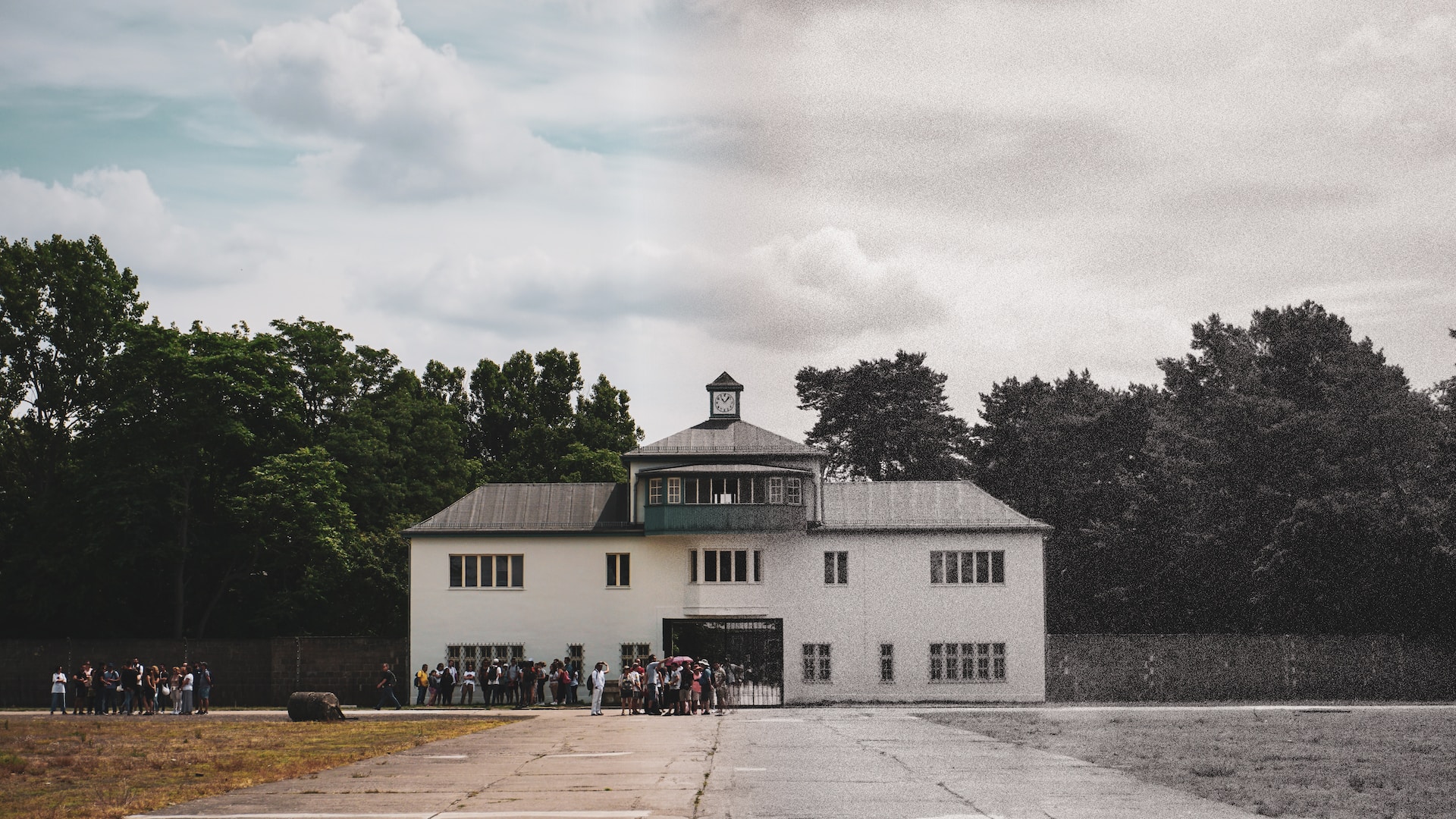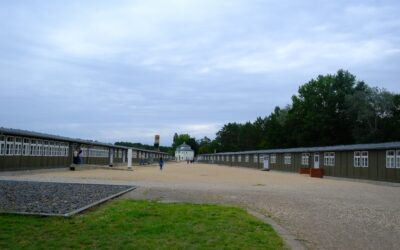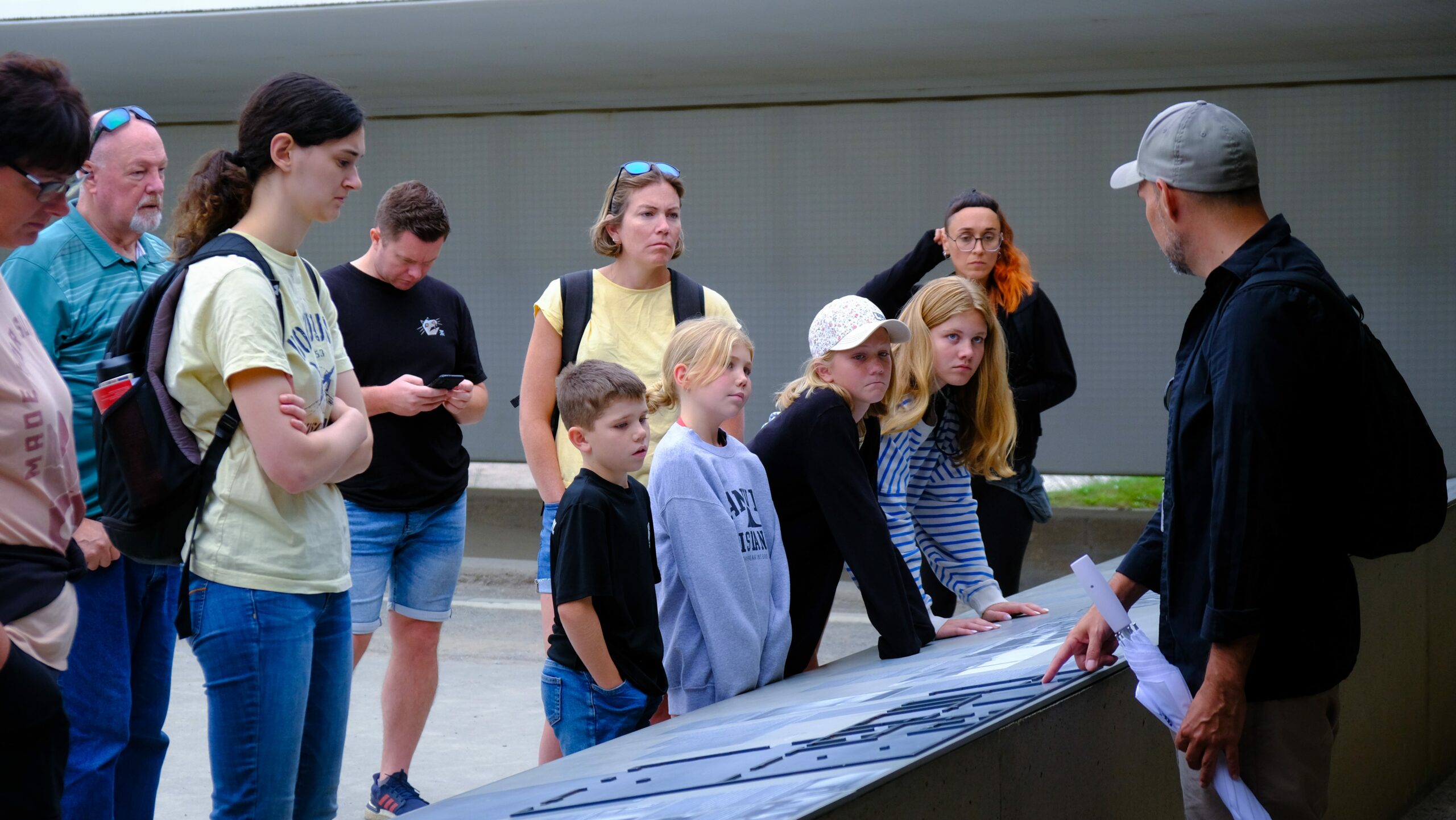When visiting Berlin, you may come across various places of historical importance, particularly related to World War II and the Holocaust. One such place is Sachsenhausen Concentration Camp, located just outside Berlin. In this blog post, we will explore why you should consider visiting Sachsenhausen Concentration Camp when traveling from Berlin, and what you can expect to learn and experience there.
ansportation
Take an S-Bahn train (S1 line) from Berlin to Oranienburg. From Oranienburg, you can eitheUnderstanding the Historical Significance
This death camp was commissioned in December 1936 as one of the first concentration camps and then served as a model for other concentration camps. Originally, it was organized for political prisoners and later it is turned into a prison, forced labor, and the extermination camp. In other words, if you are interested in more detailed historical experience and read more about the Holocaust, the life in the Sachsenhausen concentration camp and concentration camps in general, as well as the practical aspects and lessons that we should learn from all these things, you are welcome to visit it.
Getting There
Sachsenhausen Concentration Camp is located about 22 miles 35kilometers north of the nation’s capital, Berlin. There are several ways to reach the camp:
By Public Trr walk or just board a bus/taxi to the camp. It lasts about 45 minutes and is not very complicated.
Organized Tours
However, if you want the tour to be arranged and structured, you will not have a problem because there are many tours that leave from Berlin. Most of these tours involve use of vehicles and offer useful information throughout the trip. They are convenient and knowledgeable, making your trip more significant, and educational.
Things You Will Encounter when Touring Sachsenhausen Concentration Camp
Sachsenhausen Concentration Camp is a place that automatically gives a feeling of melancholia when you are outside its entrance. The furner remains have been turned into a memorial and a museum, marking the memory of the victims, as well as informingvisitors of the holocaust.
Camp Layout
This camp is subdivided into several sections that have different functions and uses. Visitors are free to walk through the administrative block, prisoner’s quarters, punishment block, gallows and the crematorium, as well as a reconstructed gas chamber. You get a glimpse of life as experienced by prisoners confined in the Sachsenhausen during these empty areas that make up the camp.
Exhibitions and Memorials
Many installations and monuments are placed in the camp today that tell about the history of the camp and its inhabitants. One can see photographs, prisoners’ belongings; there are also panels describing the functioning of the camp and the like. These exhibits make sure the visitors understand the level of suffering as well as help remember the poor souls.
Guided Tours and Audio Guides
To enrich your experience you can choose the guided tours or audio visits, which are available in many languages. These resources contain further details, help to place the exhibits into context, and provide human testimonials to enhance the visitor’s experience.
Important Tips for Your Visit
The dress code recommended is casual and comfortable since mobility around the camp may require long walks.
Bring some water and food along with you because there is no food or water available on site.
Refrain from such activities as eating, drinking, speaking loudly or taking selfies at sites during your tour.
Few people will skip through the informative boards and fail to take time to read more into the nearly life like character displayed in the hall.
Perhaps, portable stimulators such as a notebook or a camera should be taken along in order to write down thoughts and impressions.
Conclusion
Sachsenhausen Concentration Camp is definitely one of the most remarkable places I have visited, and, at the same time, a very useful experience to make. It is a chance to look back and learn how not to repeat the same mistakes and finally a declaration of values of civilization. Through ascending knowledge of holocaust and remembering the victims, people can promote tolerance and benevolence of a society. When coming to Berlin ,you may think of visiting the Sachsenhausen Concentration Camp to learn something about history.




